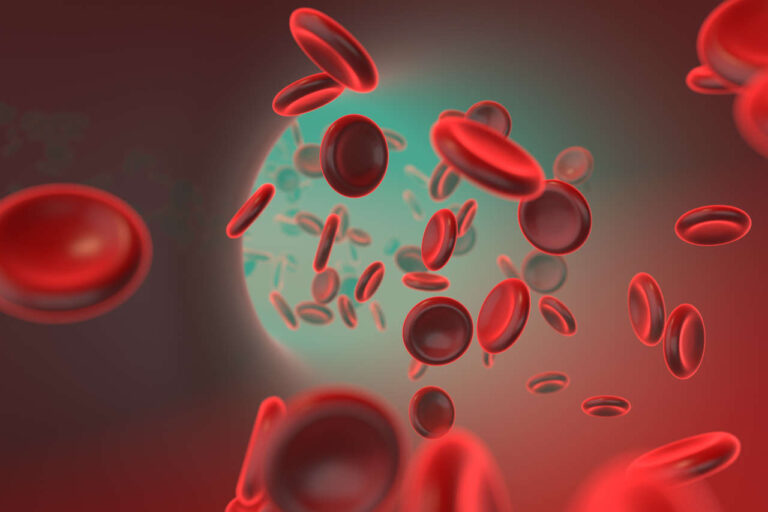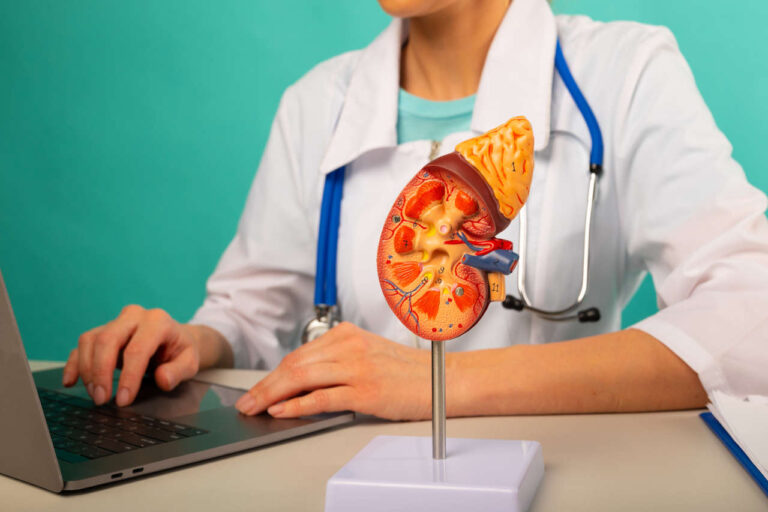
IVIG for thrombocytopenia is an appropriate first-line treatment for both adults and children. It is particularly beneficial when you need a rapid increase in platelet count or your symptoms don’t respond to corticosteroids.
Get IVIG Copay Assistance
IVIG Financial AssistanceA Quick Overview of Immune Thrombocytopenia
Immune thrombocytopenia (ITP) occurs when your immune system mistakenly destroys your platelets, causing a drop in platelet count. Because platelets are critical for forming blood clots and stopping/preventing bleeding, ITP can lead to bruising and bleeding.
Immune thrombocytopenia is a rare condition. The “National Organization for Rare Disorders (NORD)” estimates 3.3 new cases per 100,000 people in the US annually.
ITP is also known by other names, such as:
- Autoimmune thrombocytopenic purpura
- Idiopathic immune thrombocytopenia
- Primary immune thrombocytopenia
1. When Should Patients Consider IVIG for Immune Thrombocytopenia?
The American Society of Hematology 2019 Guidelines recommend IVIG for thrombocytopenia in the following conditions [2]:
Children
- Newly diagnosed ITP with nonmajor mucosal bleeding.
Adults
- IVIG with corticosteroids when a more rapid increase in platelet count is necessary (rescue treatment).
- IVIG as a first-line treatment if corticosteroids are contraindicated. The initial dose is 1 g/kg as a single dose; repeat doses may be necessary.
IVIG is not recommended for long-term therapy of thrombocytopenia due to the risk of potential toxicity.
For ITP not responding to IVIG, the treatment options include:
- Splenectomy (surgery to remove your spleen)
- Rituximab
- Thrombopoietin receptor agonists, such as romiplostim
- Medicines to suppress your immune system
2. IVIG for Thrombocytopenia: How Does It Work?
The exact mechanism of action is yet to be determined. But what researchers do know is IVIG mechanisms are complex and involve multiple processes.
One theory is that IVIG prevents your spleen from removing platelets from your body. Corroborating this proposal is the observation that most people who had splenectomy regain their normal platelet counts.
Another hypothesis is that IVIG may stimulate certain substances that then signal specific cells to produce more platelets.
3. IVIG for Thrombocytopenia: How Effective Is It?
Many trials have shown that doses of up to 1 g/kg of IVIG are effective in 70% – 80% of ITP cases [3]. But keep in mind that everyone responds differently to medications, and IVIG efficacy can vary widely, depending on individual patient factors.
4. Can You Use IVIG for Gestational Thrombocytopenia?
Gestational thrombocytopenia (GT) is common during pregnancy. But unlike ITP, it doesn’t cause pregnancy-related complications. Thus, experts don’t recommend IVIG or other treatments for GT because the condition usually resolves without treatment within 6 weeks of delivery. However, platelet level monitoring every 2 – 4 weeks during pregnancy is recommended.
Get IVIG Copay Assistance
Speak to a Specialist5. Is It Safe To Use IVIG for Thrombocytopenia in Pregnancy?
6. How Long Does It Take for IVIG To Increase Platelets?
You can expect a considerable increase in platelet count following IVIG infusion. Studies show that nearly 8 in 10 people respond to IVIG. Among them, most will respond in 2 – 4 days [6]. In some users, the beneficial effects may start within 24 hours after IVIG use. The response can last from 3 – 4 weeks. Once you no longer respond to IVIG, a repeat dose or additional therapy may be used.
7. What Is the Role of IVIG in Neonatal Thrombocytopenia?
Experts recommend IVIG for severe neonatal thrombocytopenia even if there is no evidence of bleeding. IVIG at doses of 1 g/kg/day on 2 consecutive days or 0.5 g/kg/day for 4 days raises platelet count. If platelet count falls again, a second course may be necessary 2 – 3 weeks after birth.
8. Can IVIG Cause Thrombocytopenia?
Thrombocytopenia is a rare side effect of IVIG. The first case was reported in 2018 [8]. Your provider will monitor your platelet counts throughout treatment to ensure they don’t get too low.
REFERENCES:
- National Organization for Rare Disorders. “Immune Thrombocytopenia – Symptoms, Causes, Treatment | NORD.” National Organization for Rare Disorders, 20 Nov. 2023, rarediseases.org/rare-diseases/immune-thrombocytopenia.
- Neunert, Cindy et al. “American Society of Hematology 2019 guidelines for immune thrombocytopenia.” Blood advances vol. 3,23 (2019): 3829-3866. doi:10.1182/bloodadvances.2019000966
- Almizraq RJ, Branch DR. Efficacy and mechanism of intravenous immunoglobulin treatment for immune thrombocytopenia in adults. Ann Blood 2021;6:2.
- Poston JN, Gernsheimer TB. Management of immune thrombocytopenia in pregnancy. Ann Blood 2021;6:5.
- Khalife, Roy, et al. “Platelet Count Response to Obstetrical Use of IVIG for Maternal Thrombocytopenia: A 14-Year Retrospective Study.” Blood, vol. 142, no. Supplement 1, Nov. 2023, p. 2583. https://doi.org/10.1182/blood-2023-189377.
- HaemSTAR Collaborators. “A single 1 g/kg dose of intravenous immunoglobulin is a safe and effective treatment for immune thrombocytopenia; results of the first HaemSTAR ‘Flash-Mob’ retrospective study incorporating 961 patients.” British journal of haematology vol. 196,2 (2022): 433-437. doi:10.1111/bjh.17692
- Roberts, I, and N A Murray. “Neonatal thrombocytopenia: causes and management.” Archives of disease in childhood. Fetal and neonatal edition vol. 88,5 (2003): F359-64. doi:10.1136/fn.88.5.f359
- Gurevich-Shapiro, Anna et al. “Intravenous immunoglobulin-induced acute thrombocytopenia.” Transfusion vol. 58,2 (2018): 493-497. doi:10.1111/trf.14419














